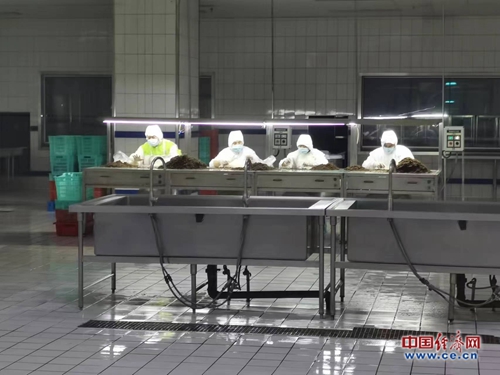Hong Kong media: Why do you have the keys to promote "common prosperity" in inland areas?
Author:Global Times Time:2022.07.06
Hong Kong's "South China Morning Post" July 4th article, original topic: Why did China have the keys to continue promoting "common prosperity" in inland areas, and Shanghai and Beijing took seal control measures due to the epidemic of new crown pneumonia. influences. This shows that China's excessive dependence on coastal cities may not be conducive to the long -term economic prospects of the country. In order to resist future socio -economic shocks, China is seeking to enhance the economic strength of as many regions as possible.
The results of various economic planning in China will largely depend on the potential and performance of inland areas. These areas include Hubei, Jiangxi and Sichuan provinces, which are far from Shanghai, Beijing, and Shenzhen, which are more developed coastal areas. Cities inland areas have the ability to reduce the social and economic gap by promoting wider national development. This can also release innovation potential in more regions and make China move towards common prosperity.
Inland cities are located at the connection between the east and western border, forming a bridge that promotes the integration of socio -economic and economic. Building inland inland can shorten the travel distance of people in remote areas, enable them to get more economic opportunities closer to home, and achieve a more balanced economic growth in all regions.
Historically, China is the main route of trade and innovation, and it is also the pride of Chinese civilization. Chengdu, located in a large city in Sichuan Province, was the starting point of the "Southern Silk Road" in ancient times. Today, we see that through the “Belt and Road” initiative, we strive to improve the economic strength of the Silk Road City. The initiative also promotes a closer connection with other global economies to turn China's inland regional economies, such as Lanzhou, Xi'an, Kunming, and Guiyang into a production base and international transportation hubs connecting Southeast Asia, Central Asia and Europe.
Inland areas have unique broad land and natural resources, which are essential for China to continue to promote global science and technology leadership. For example, Hubei has now become the center of agricultural modernization due to the fertile Yangtze River. With these tentacles, China is seeking to tap its internal innovation capabilities of its inland cities and transform the growth of these cities into national output.
China's economic policy, especially those policies that focus on the development of "winning cities", will help bring rapid economic growth in the time of a few generations. But this is not a long time. China's coastal areas can no longer be the only economic focus. This means that under the guidance of the "common prosperity" policy, inland cities have arrived when supporting the development of the country. (Author Huang Huayue, translated by Qiao Heng)
- END -
[Discover the most beautiful railway] See how railway food people guarantee the safety of passengers on the tip of the tongue

When it comes to the safety of the train, people's first reactions are often drivi...
Take you to confirm "confirmation from Hong Kong"

Supply/ Ningbo, Shanghai CustomsReview/ Customs General Administration of Port Sup...